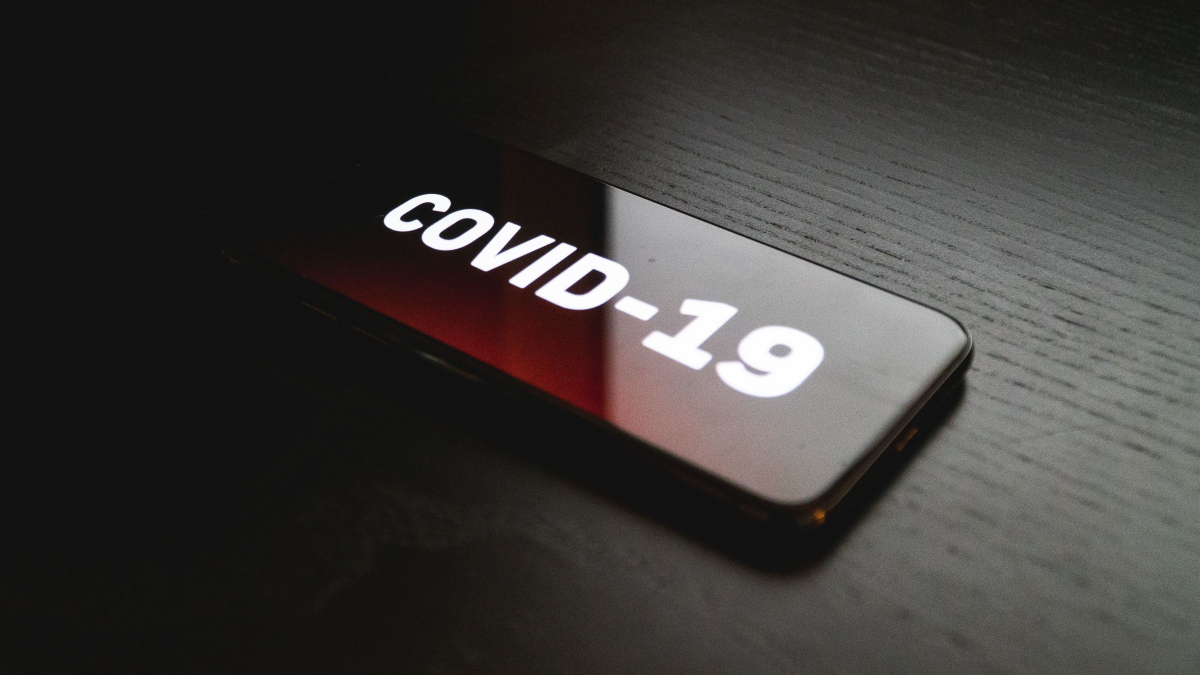During the past few years, there are a variety of pieces of exercise equipment that have risen quickly in popularity. One example is Peloton, which is usually known for its commercials that appear to show high-end people exercising on a stationary bike and a luxury apartment or house. Unfortunately, not all is perfect with Peloton, and they recently gave in to a recall request.
For several weeks, Peloton appeared again. They did not want to issue a voluntary recall of its popular treadmill, despite the accident being tied to a number of accidents involving children and adults. Furthermore, one accident even involved a child dying as a result of being pulled underneath the rotating track. Now, Peloton has finally given in and agreed to a voluntary recall.
A lot of people are very confused as to why the company would not agree to a voluntary recall. Typically, companies are given the choice to issue a voluntary recall before a government regulatory organization steps and forces one. Furthermore, Peloton also refused to give regulatory authorities the identity of the child who died last March, citing a wide variety of privacy concerns. Therefore, the CPSC had to take the unusual step of issuing a subpoena in order to get the information, leading to a rocky relationship between Peloton and government organizations.
Predictably, consumers were appalled that the company was behaving in such a manner. Therefore, it is unclear if Peloton decided to give in to voluntary recall requests due to public pressure or because they finally saw the light as a result of pressure from government organizations.
Regardless, a lot of people are going to wait with bated breath to see what happens during the recall process. Even though all of Peloton’s products have become wildly popular, there are also a lot of people who are concerned about the safety issues with their products and the approach the company has recently taken. With a recall of 125,000 treadmills being issued, it will be interesting to see what happens next. It is highly unusual to see a company fight a federal agency like this, so a lot of people are still asking the question why. Hopefully, Peleton will be able to fix these issues soon.











